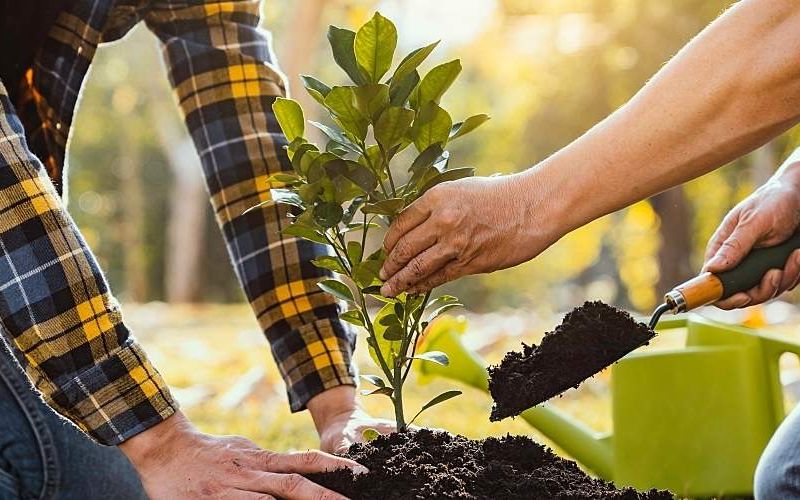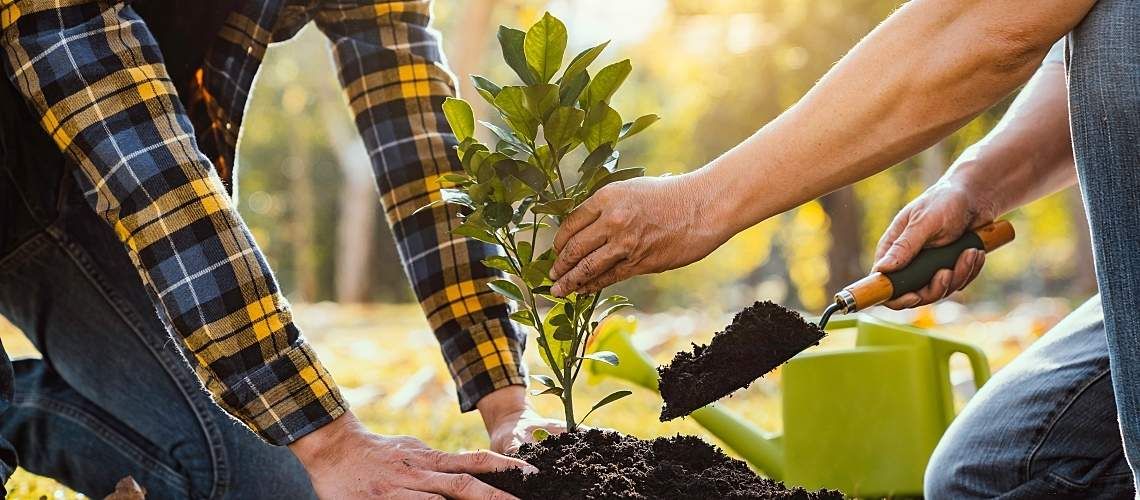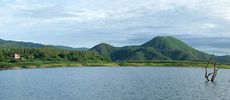Planting Trees Can Improve Water Quality


For years, people working with a project called Upstream Thinking in Devon, England, have been planting thousands of trees. More than 220,000 native trees, such as blackthorn, hazel and oak, have been planted in recent years. The latest batch will be delivered to about 60 farms in the area, bringing the number of trees up to 260,000. The primary purpose? Improving water quality.
Trees lessen runoff—containing nutrients, soil, bacteria, pesticides, and pollutants—into streams and rivers. While cutting down trees can threaten water quality, planting trees breaks up the water pathway, intercepting debris and toxins before they wash into a watercourse. In fact, a typical medium-sized tree can intercept as much as 2,380 gallons of rainfall per year.
By decreasing runoff, planting trees improves water quality. And that reduces the processes and chemicals needed to make water safe for drinking when it reaches a treatment plant. And as the landscape soaks up additional water, both wildlife and humans benefit.
Preserving the watershed also pays off for water test labs that show their community that their concern for water quality extends to the source. Let's take a closer look at how trees help.
Runoff Feeds Algal Blooms
Excess water that doesn't get absorbed into the soil flows into local waterways, carrying all manner of materials with the potential to damage water quality. Unfortunately, agriculture is often the source. For example, in the Chesapeake Bay, 2022 estimates show that agriculture contributes 48% of the nitrogen load and 27% of the phosphorus load.
Excess fertilizer not used by growing plants can sweep from fields into surface waters during rain events and snow melts. Pet and wildlife wastes are also sources of nutrients. The excess nitrogen and phosphorus can result in aquatic plants using far too much oxygen, causing fish kills and a decline in aquatic species, as well as an increase in harmful algal blooms. These blooms in freshwater disrupt the food cycle for wildlife and also produce toxins harmful to humans.
Irrigation may contribute to runoff as well, especially if farmers overwater crops. And even if excess water soaks into the soil, it can push nutrients into groundwater supplies, where they may remain for decades.
Trees Slow Down Water
A healthy stand of trees can reduce the amount of runoff and pollutants in receiving waters in four main ways:
- Trees draw moisture from the soil's surface, increasing the amount of water stored there.
- Branches, leaves, and trunk bark intercept and store rainfall.
- Root growth and decomposition create soil conditions that increase the amount of water infiltration, reducing the flow over land.
- Tree canopies reduce the impact of raindrops on bare surfaces and the resulting soil erosion.
Of course, heavy rainfall occurring over two hours is much harder for a tree to block than the same amount of rain over two days. Trees are clearly better at protecting water quality than at controlling floods. In particular, however, broadleaf evergreens like magnolias and conifers like pines intercept more rainfall than deciduous species, especially in areas with winter rains.
Other recommendations for planting trees to improve the quality of water are to choose species with a high growth rate, match trees to rainfall patterns, plant in groves, prioritize low-water use species, and consider native plants that can withstand summer dry seasons without additional irrigation.
Year-round ground cover or perennial species can also keep nutrients and soils from washing off bare land.
Protecting Watersheds Takes a Village
Watersheds provide ecosystem and economic benefits to a community. But it takes collaboration from citizens, businesses, governments, and water labs to help reduce nonpoint source pollution like nutrients and soils.
Water labs can help by not only sampling and testing but also by becoming actively involved in protecting the watershed. Healthy watersheds cycle nutrients, store carbon, control erosion, increase biodiversity, provide wildlife habitat, filter water, and support recreation. In short, the benefits are myriad and essential to environmental, social, and economic well-being.
Working with your community to plant trees is one of the many ways you can help protect your water source. At the same time, you'll demonstrate that your business is playing its part to ensure the health and safety of your community, along with the watershed you depend on for the most precious resource on earth.






